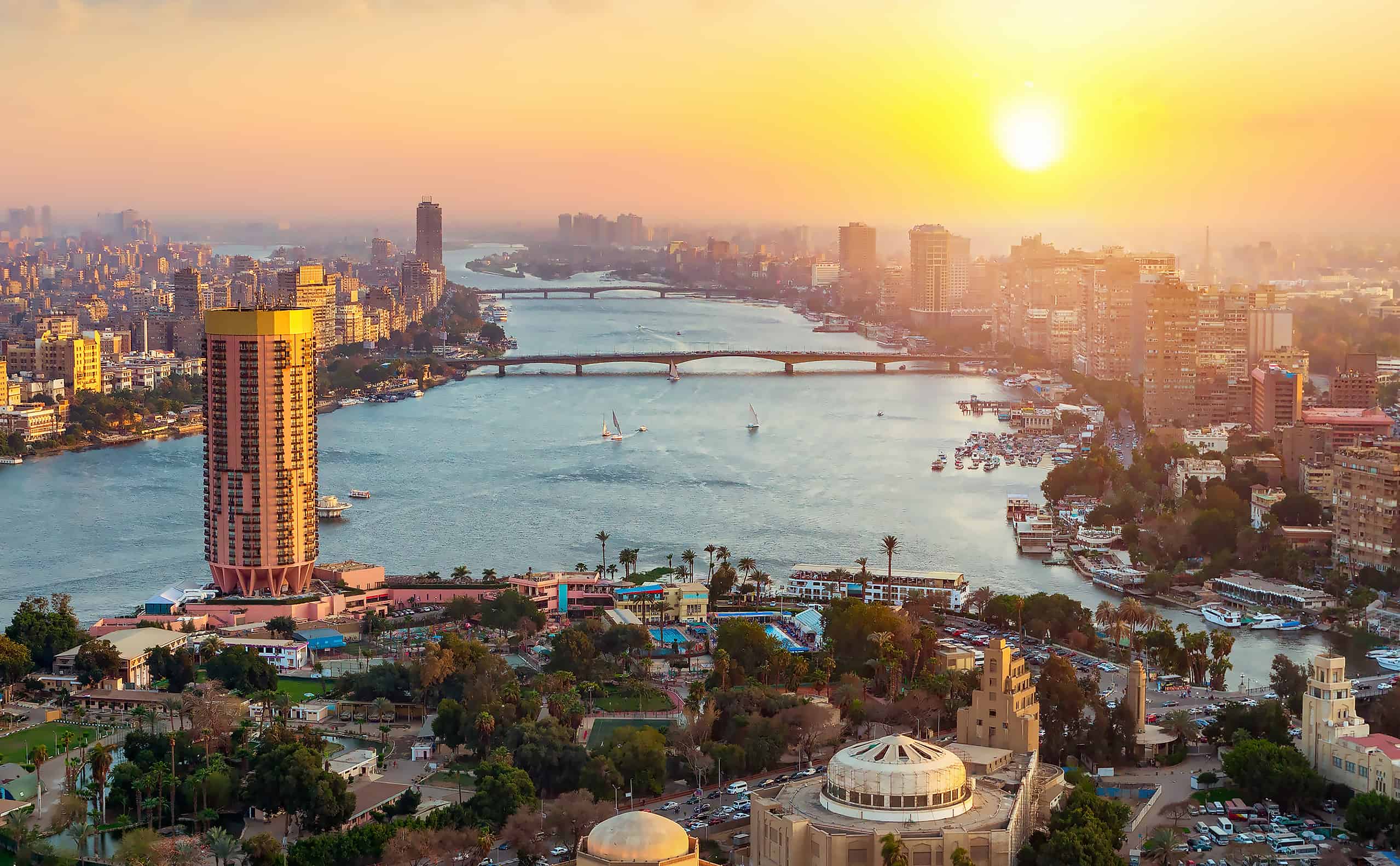Can a new wave of FDI help Egypt to diversify and modernize its economy?
At a bilateral investment conference in Cairo on July 1, European Commission President Ursula von der Leyen announced that European companies were signing deals for more than $43 billion with Egyptian companies “ranging from hydrogen to water management, from construction to chemicals, from shipping to aviation and to automotive.”
“Egypt really is enjoying a moment,” observes David Lubin, a senior research fellow at Chatham House in London and a seasoned global economic observer. That could well be an understatement.
Shortly before, GV Investments, Egypt’s sovereign investment fund, signed four agreements worth $40 billion with European developers to produce green ammonia, a renewable form of fertilizer that joins hydrogen extracted from water and nitrogen obtained from air. The deal potentially makes Egypt a big player in the renewable energy market.
Those announcements followed a partnership agreement that GV Investments signed in May with Chinese automobile manufacturer FAW to produce FAW’s low-cost electric sedan, the Bestune E05 model, locally for the Egyptian market. A month earlier, the EU announced that it would provide $1.1 billion in short-term financial aid to support the Egyptian economy, one leg of a $5.4 billion assistance package through 2027 that still needs to be approved by EU members. A month earlier, Egyptian President Abd el-Fattah el-Sisi’s government signed an expanded $8 billion loan deal with the International Monetary Fund.
And that followed close on the heels of the biggest deal of all: a $35 billion mega-investment by ADQ, Abu Dhabi’s sovereign wealth fund, to develop a stretch of Egypt’s Red Sea coast for tourism, real estate development, and other projects. Some of that commitment has already been fulfilled, Lubin notes, and is now bolstering the books of the Central Bank of Egypt and some of the Nile nation’s commercial banks.
ADQ’s investment represents a major vote of confidence in the el-Sisi government’s efforts to reform and open up Egypt’s creaky economy, and was likely a catalyst for the deals that followed, Lubin says. “Success builds on success,” he says, “and if Egypt can attract what amounts to just under 10% of its GDP from the United Arab Emirates, it minimizes the risk of a debt default, replenishes the central bank’s position, and gives confidence to other investors.”
What stands out about the July 1 deals, however, is the range of industries they represent.
Egypt has long been regarded as a narrow economy concentrated in just three sectors: energy, agriculture, and tourism. The Gulf and EU governments have plenty of reasons to want to help stabilize Egypt, with its 111 million people and strategic location with the war between Israel and Hamas flaring on one side and the Mediterranean, the pivot point of Europe’s migrant crisis, on the other. But what’s in it for European water management, automotive, and chemicals companies, among others?
“At the moment, these are just investment pledges,” notes Robert Mogielnicki, senior research scholar at the Arab Gulf States Institute in Washington, DC. “The proof will be which of these pledges materializes, and that depends on whether Egypt makes concrete progress on the economic front.”
That’s a tall order. Egypt shoulders a debt burden equal to more than 95% of its GDP, more than one in four Egyptians lives in poverty, and economic growth is stubbornly slow. But Lubin notes that Egypt, with its enormous market and strategic location, is a relatively inexpensive investment today compared to Europe.
“It helps that the Egyptian pound is exceptionally cheap,” he says. “Trade-weighted, it’s as cheap as it’s ever been.” That helps motivate foreign direct investors outside the three industries that traditionally have anchored the economy. The long-term assistance package from the EU, meanwhile, tells European companies that their governments are committed to making Egypt’s economic modernization a success, Mogielnicki notes.
Conditions for foreign investment could improve, too, if the government follows through on its commitments to the IMF. These have three pillars, Lubin says: switching to a flexible exchange rate and establishing a credible inflation target, tightening fiscal policy, and creating a level playing field, in part by reducing the army’s outsized presence in the economy.
So, what could go wrong?
Given the magnitude of the EU companies’ pledges—and those from China and the UAE—they could meet with pushback from “entrenched domestic business interests” anxious not to be muscled out or reduced to accepting crumbs, Mogielnicki cautions. Those would include elements of the army, which is Sisi’s base of power.
A more immediate concern will be whether the government can fulfill its end of the IMF deal. The central bank has a long philosophical commitment to maintaining a stable currency, contrary to the IMF’s demand, Lubin points out. Setting and sticking to a credible inflation target will be difficult. And creating a more welcoming market environment for outsiders will be politically tricky if not impossible.
Time will tell which of the EU companies’ deals comes to fruition, and how they will affect Egypt’s economy and the people who make it up. Clearly, however, each element of the larger progress that is pulling together to modernize one of the world’s oldest societies—EU and IMF subsidies and loans, economic policy reform, and FDI—will have to work for all of them to succeed.




